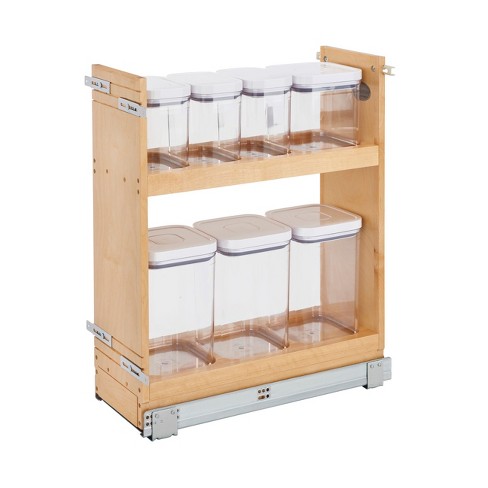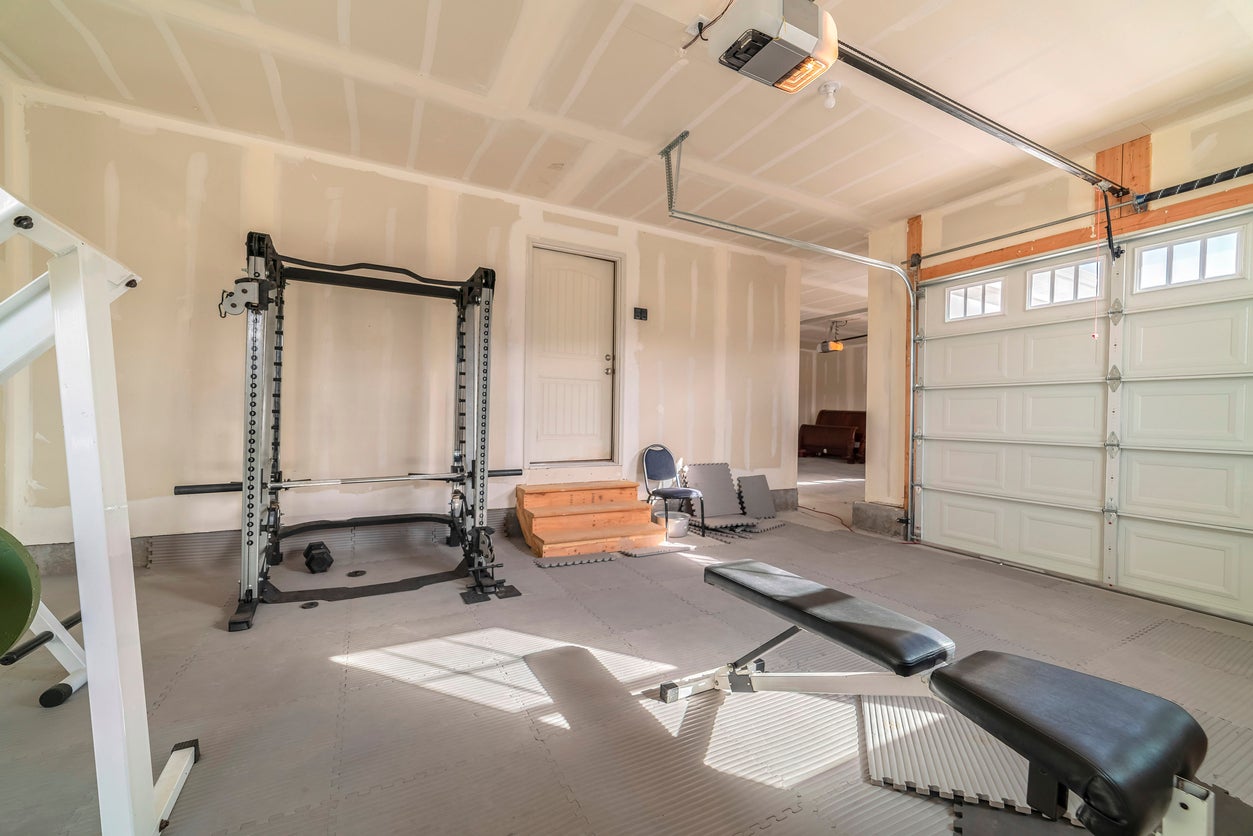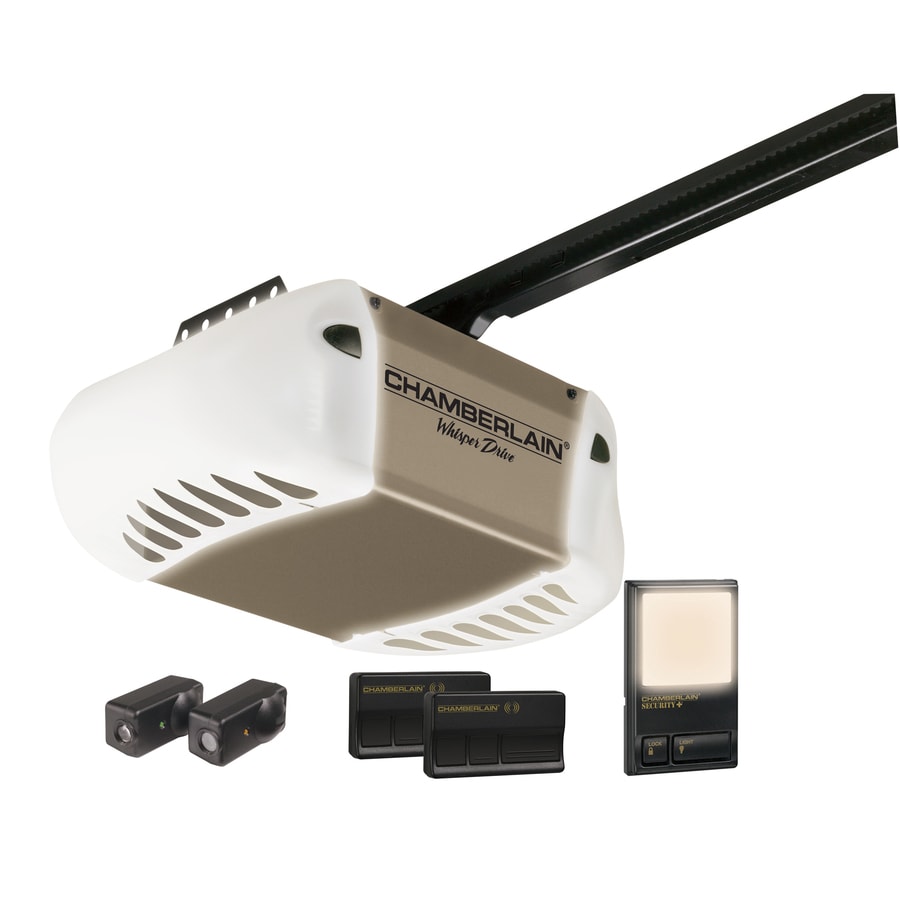
Garage door cables are essential components of your garage door system. They prevent the door from opening without you having to use them. These cables attach to springs and work together to balance the door and maintain the correct tension. If one of these cables is damaged, your garage door could become off-track.
When your cable snaps or breaks, it is a major problem. Loveland garage door experts may be able help you. The cables attach at the bottom of the door. Once they reach the drums where the springs are, they turn them.
The cables are made up of strands of wire that have been twisted together. They are given ratings to indicate their ability to carry a certain weight. These ratings are important as you need to be sure that the springs can support the load before buying the cables.

Residential doors are usually rated to 3/32" or 1/8 inch diameters. Commercial garage doors are rated to 5/32", 3/16", 1/2", or 3/8 inch depending on their weight and lift type. If you need a custom length for a particular garage door, it will be necessary to measure the entire cable including loops, spools, thimbles and stops before ordering.
Torsion Cables
The standard garage door cable for torsion has a plain loop with a sleeve around the bottom bracket. A stop end is placed in the groove of the cable drum. Non-standard torsion cables are designed for rear torsion, full vertical lift, or high lift applications. They must be calculated using garage doors engineering software before ordering.
Stainless Steel Cables
These cables are commonly used on box trucks and should therefore be made of stainless-steel. They also need to be very durable and withstand exposure to elements like moisture, salt, and general wear and tear.
Garage Door that tilts up
A tilt up garage door is a popular and attractive addition to many homes. They can come in a variety styles and are made from steel or wood.

They are simple to install and operate, even if you're not an expert. To keep them in good condition, you will need to have regular maintenance performed by a professional.
Keeping Your Garage Door Cables In Good Condition
Every garage door cable system should be inspected on a regular basis and should be lubricated at least once a month. When the pulleys, rollers, and other parts are not lubricated it can add friction and cause them to work harder than they should. This could reduce the system's life expectancy.
You may have clogged tracks. If they aren't cleaned in a while, they could become clogged with dirt and debris. This could make your door not open evenly. Your garage door opener may have to work harder than it was designed to, which can reduce its lifespan.
FAQ
What order should you renovate your house?
First, the roof. The second is the plumbing. Third, the electrical wiring. Fourth, the walls. Fifth, the floors. Sixth, the windows. Seventh, the doors. Eighth, it's the kitchen. Ninth, bathrooms. Tenth is the garage.
After all the above, you are now ready for the attic.
Hire someone to help you if you don't have the skills necessary to renovate your home. Renovations take time, patience, and effort. You will also need to spend money. You don't need to put in the effort or pay the money.
Renovations aren’t always inexpensive, but they can make your life easier and save you money in the long term. You will enjoy a more peaceful life if you have a beautiful house.
How much would it cost to gut a home vs. how much it cost to build a new one?
The process of gutting a house involves removing all contents inside the building. This includes walls, floors and ceilings, plumbing, electrical wiring and appliances. It's usually done when you're moving into a new place and want to make some changes before you move in. The cost of gutting a home can be quite expensive due to the complexity involved. The average cost to gut home ranges from $10,000 to $20,000, depending on your job.
A builder builds a home by building a house frame-by-frame, then adds doors, windows, doors and cabinets to the walls. This is often done after purchasing lots of land. Building a home is normally much less expensive than gutting, costing around $15,000-$30,000.
When it comes down to it, it depends on what you want to do with the space. If you want to gut a home, you'll probably need to spend more because you'll be starting over. However, if you want to build a home, you won't have to worry about ripping everything apart and redoing everything. You can build it as you wish, instead of waiting to have someone else tear it apart.
What is the difference of a remodel and renovation?
Remodeling is any major transformation of a room or portion of a bedroom. A renovation is minor changes to a room, or a portion of a bedroom. Remodeling a bathroom is a major job, but adding a faucet to the sink is a minor one.
Remodeling involves replacing a complete room or a part of a entire room. A renovation involves only changing a portion of a room. A kitchen remodel might include the replacement of countertops, sinks as well as appliances, lighting, and other accessories. An update to a kitchen could involve painting the walls or installing a new light fixture.
How long does it usually take to remodel your bathroom?
Two weeks typically is required to remodel a bathroom. This depends on the size and complexity of the project. You can complete smaller jobs like adding a sink or vanity in a few days. Larger projects, such as removing walls and installing tile floors, and plumbing fixtures, can take several days.
A good rule of thumb is to allow three days per room. For example, if you have four bathrooms you would need twelve days.
Is $30000 enough to remodel a kitchen?
You can expect to pay anywhere from $15000-$35000 for a kitchen overhaul, depending on how much money you have available. If you want a complete kitchen overhaul, expect to pay more than $20,000. If you are looking to upgrade appliances, paint or replace countertops, it is possible to do this for less than $3000.
Full-scale renovations typically cost between $12,000 and $25,000. But there are ways to save money without compromising quality. You can replace an existing sink with a new one for around $1000. You can also purchase used appliances at half of the cost of new.
Kitchen renovations can take longer than other types projects so plan ahead. It is not a good idea to begin work in your kitchen and realize that you will run out of time.
Start early. Start looking at options and collecting quotes from various contractors. Next, narrow your options based on price and availability.
Once you've identified potential contractors to work with, ask for their estimates and compare the prices. It's not always the best option to go with the lowest price. It's important to find someone with similar work experience who will provide a detailed estimate.
When calculating the final cost, remember to add all extras. These could include labor costs, permits, and material charges. Be realistic about what you can afford and stick to your budget.
Tell the contractor if you don't like any of the bids. Tell the contractor if you are not satisfied with the first quote. Give him or her another chance. Do not let your pride stop you from saving money.
How much does it take to tile a bathtub?
If you're going to do it yourself, you might as well go big. A complete bathroom remodel is an investment. When you consider the long-term benefit of having a beautiful space for many years, it is a smart decision to invest in quality fixtures and materials.
The right tiles can make all the difference in how your space looks and feels. So whether you're planning a small project or a major renovation, here's a quick guide to help you choose the best products for your home.
Decide the type of flooring that you want to install. You have many choices: ceramics, natural wood, stone, porcelain and even stone. Select a style, such as classic subway tiles or geometric patterns. Select a color palette.
You'll probably want to match the tile to the rest of the room for a large bathroom remodeling job. You may choose white subway tile for your bathroom and kitchen area, but select darker colors for other rooms.
Next, consider the size of your project. Do you think it is time to remodel a small powder-room? Or would you rather add a walk-in closet to your master suite?
Once you have decided on the scope of the project, visit your local store to view samples. This will allow you to get a feel for how the product is assembled.
For great deals on porcelain tiles, you can shop online. Many retailers offer discounts for bulk purchases and free shipping.
Statistics
- 57%Low-end average cost: $26,214Additional home value: $18,927Return on investment: (rocketmortgage.com)
- Following the effects of COVID-19, homeowners spent 48% less on their renovation costs than before the pandemic 1 2 (rocketmortgage.com)
- According to a survey of renovations in the top 50 U.S. metro cities by Houzz, people spend $15,000 on average per renovation project. (rocketmortgage.com)
- 5%Roof2 – 4%Standard Bedroom1 – 3% (rocketmortgage.com)
- Windows 3 – 4% Patio or backyard 2 – 5% (rocketmortgage.com)
External Links
How To
How to Remove Tile Grout from Floor Tiles
Most people don't know that tile grouting exists. It is used to seal the joints between the tiles. There are many different types of grout today. Each has its own purpose. We'll show you how we can remove grout from floor tiles.
-
Before you begin this process, it is important to make sure you have all of the necessary tools. You will need a grout cutter and grout scraper.
-
Now you must clean any dirt or debris under the tile. Use the grout cutter to cut away at the grout and gently scrape away any loose pieces. You should not damage any tiles.
-
After everything is cleaned up, use the grout scraper for any remaining grout. You can move on to step 4 if there is no grout left.
-
You can now move on to the next stage after you have completed all your cleaning. Make sure to take one of the rags out and soak it in water. You want to make sure that the rag gets completely wet. To ensure that the rag does not absorb water, dry it.
-
Place the wet paper towel at the joint of the tile and wall. Keep the rag in place until the grout starts to separate. Slowly pull down on the rag until it is pulled towards you. Continue pulling it backwards and forwards until all the grout has been removed.
-
Repeat steps 4 to 5 until grout is gone. Rinse the ragout and repeat the process if necessary.
-
After you have removed grout, dry the tiles by wiping them with a damp cloth. Let dry thoroughly.